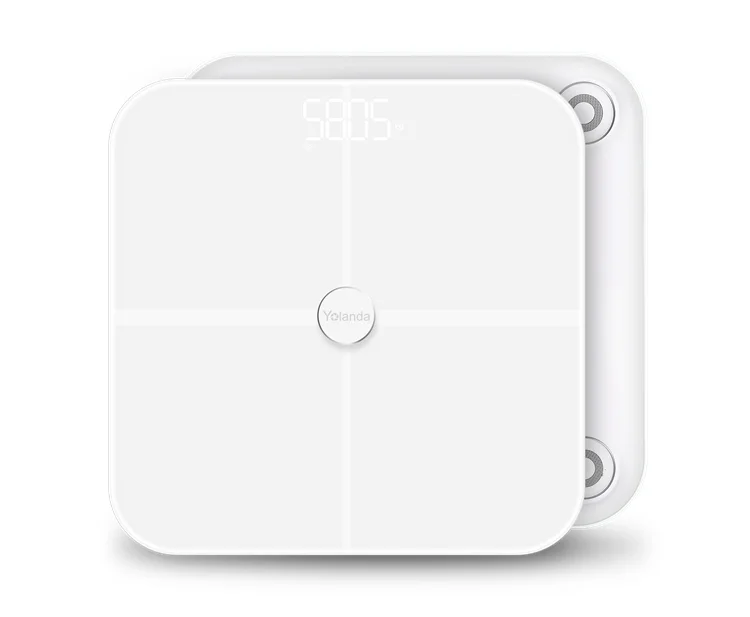
There are two models to explain how BMR changes in response to temperature: the variable maximum model (VMM) and variable fraction model (VFM). Studies of energy metabolism using both methods provide convincing evidence for the validity of the respiratory quotient (RQ), which measures the inherent composition and utilization of carbohydrates, fats and proteins as they are converted to energy substrate units that can be used by the body as energy.īMR is a flexible trait (it can be reversibly adjusted within individuals), with, for example, lower temperatures generally resulting in higher basal metabolic rates for both birds and rodents. īMR may be measured by gas analysis through either direct or indirect calorimetry, though a rough estimation can be acquired through an equation using age, sex, height, and weight. A more common measurement, which uses less strict criteria, is resting metabolic rate (RMR). An accurate BMR measurement requires that the person's sympathetic nervous system not be stimulated, a condition which requires complete rest. Indirect calorimetry laboratory with canopy hood (dilution technique)īMR is measured under very restrictive circumstances when a person is awake. Illness, previously consumed food and beverages, environmental temperature, and stress levels can affect one's overall energy expenditure as well as one's BMR. But anaerobic exercise does increase resting energy consumption (see " aerobic vs. Aerobic (resistance) fitness level, a product of cardiovascular exercise, while previously thought to have effect on BMR, has been shown in the 1990s not to correlate with BMR when adjusted for fat-free body mass. Increasing muscle mass has the effect of increasing BMR. BMR generally decreases with age, and with the decrease in lean body mass (as may happen with aging). The body's generation of heat is known as thermogenesis and it can be measured to determine the amount of energy expended.


It follows the same criteria as BMR, but requires the documentation of the temperature at which the metabolic rate was measured. In bradymetabolic animals, such as fish and reptiles, the equivalent term standard metabolic rate ( SMR) applies. These criteria include being in a physically and psychologically undisturbed state and being in a thermally neutral environment while in the post- absorptive state (i.e., not actively digesting food). Proper measurement requires a strict set of criteria to be met. It is reported in energy units per unit time ranging from watt (joule/second) to ml O 2/min or joule per hour per kg body mass J/(h

Rate of energy expenditure by an endotherm at restīasal metabolic rate ( BMR) is the rate of energy expenditure per unit time by endothermic animals at rest.


 0 kommentar(er)
0 kommentar(er)
